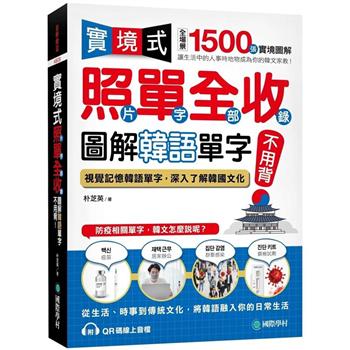Human Resource Metrics teaches practitioners and managers a wide range of strategic, quantitative and financial tools for assessing requirements and issues in HR. Strategic tools include broader frameworks for assessing organisational HR, such as the analysis of organisational architecture as an HR tool, process analysis and mapping for performance, and how to decide whether to outsource or externalise work in other ways. Quantitative tools include:
- HR data issues such as analysing HR databases, forecasting for HR, assessing employee turnover and absenteeism, assessing incentive plan set-up, and the like.
- Financial, Return on Investment, Economic Value Added and the like, applied to HR situations.
This is the first book to approach the analysis of human resources from such a multi-dimensional aspect as well as the first to use a practical, hand-on and step-by-step approach: the book teaches the ’how to’ of each technique in a step-by-step manner, including a wide variety of MS Excel examples and practice datasets.
HR Metrics is divided into five parts:
- Part I outlines the nature of HRM and the links between HR and performance.
- Part II introduces basic skills needed for human resource data analysis.
- Part III includes specific topics for the acquisition and maintenance of talent.
- Part IV looks at the design and analysis of compensation systems.
- Part V covers topics in HR financial analysis.









